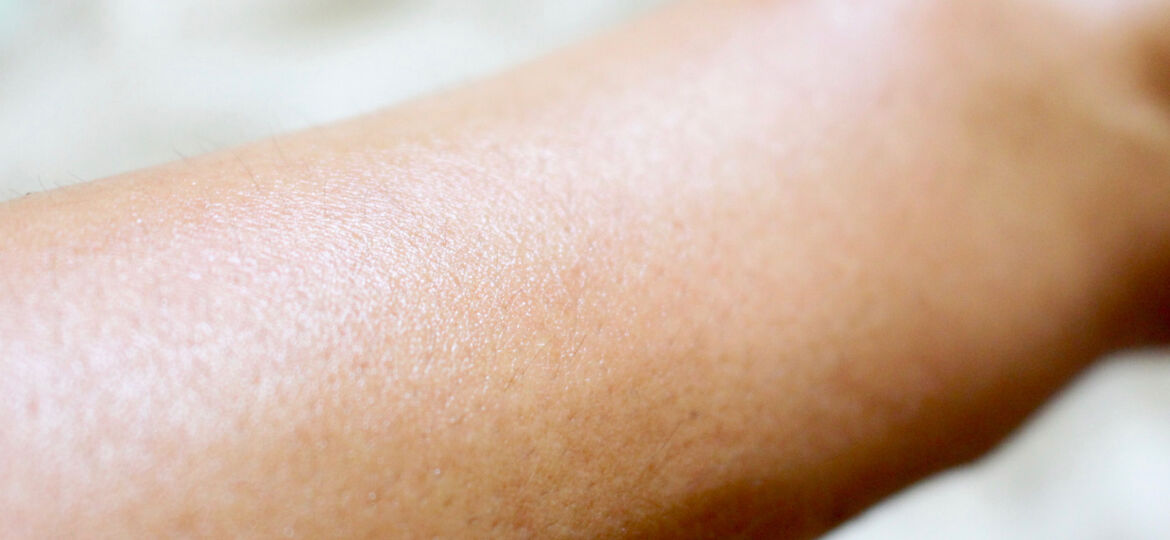
WHY THIS MATTERS IN BRIEF
New artificial skin can transmit different amounts of pressure, just like real skin.
Many of us take our sense of touch for granted, perhaps because we can never turn it off, but it’s surprisingly complex. An intricate network of nerves brings different types of information about an object, like its temperature or wetness or hardness or weight, up to the brain, which compiles the information into a cohesive picture of the object. But not everyone is lucky enough to have such a vital sense – for example, those people who have lost limbs or those who have suffered severe nervous injuries.
In the past few years, mind operated prosthetics have become much more lifelike and sophisticated but there’s still one vital ability missing from most of them – they don’t, and, more to the point, can’t send feedback that provide users with a sense of touch. Now a team led by researchers at Stanford University has created artificial skin filled with carbon nanotubes that can convert different amounts of pressure into a digital signal that can be transmitted back to the brain where it is interpreted as touch.

The sense of touch in the palm of your hand
For this study the researchers only designed the skin to be sensitive to pressure – rather than sensitive to heat, or cold for example but those, and other capabilities can be added in quite easily at a later date once the foundational technology has been tested and proven.
The skin is made of a flexible plastic circuit of carbon nanotubes, that act as the pressure sensors, that rest on top of an organic substrate that turns the pressure into an electric signal. This signal is then in turn transmitted via a system of carbon nanotubes and neuroprosthetic implants that are connected to the mice’s peripheral nervous system. The researchers were then able to ultimately transmit that signal to the mice’s brain cells and by matching the electronic frequency that their brains would need to understand and decode they were able to provide the mice with the ability to “feel” the skin as they would their own.
This isn’t the first attempt to make artificial skin. Last year, Korean researchers published a study in which the skin could sense the wetness of the object it touched but this artificial skin transmits the electrical signal slightly differently and by using carbon nanotubes it’s more energy efficient and can transmit the fake nervous signal more effectively over longer distances such as those found naturally in the human body.
The researchers plan to make their skin more sensitive to other kinds of touch, like brushing movements or prolonged pressure once they’re happy with the results and inevitably it is easy to see how some of these developments could not only end up benefiting patients but also end up benefiting our new robot masters.

















[…] few months after Stanford University announced it had created the world’s first artificial skin “substitute,” researchers in Spain have announced that they have managed to successfully 3D print functional, […]